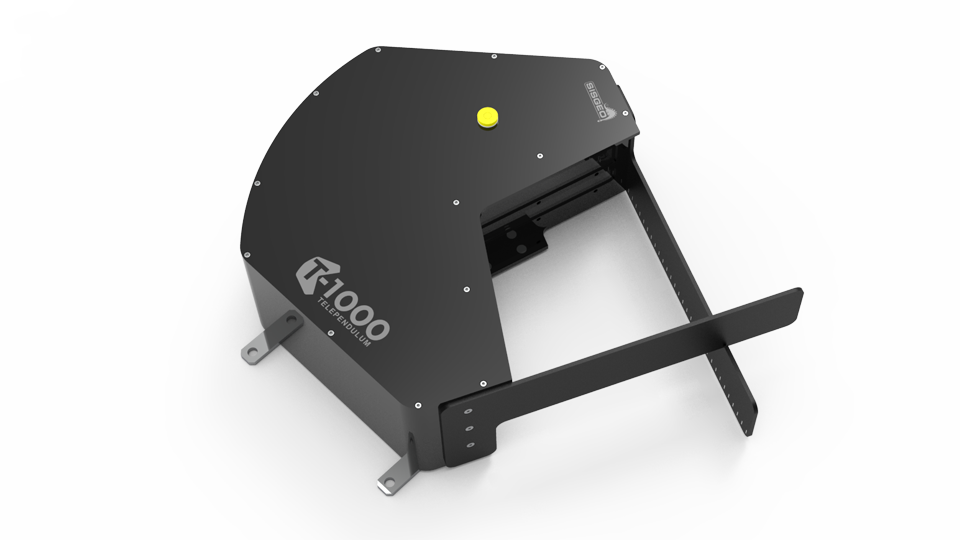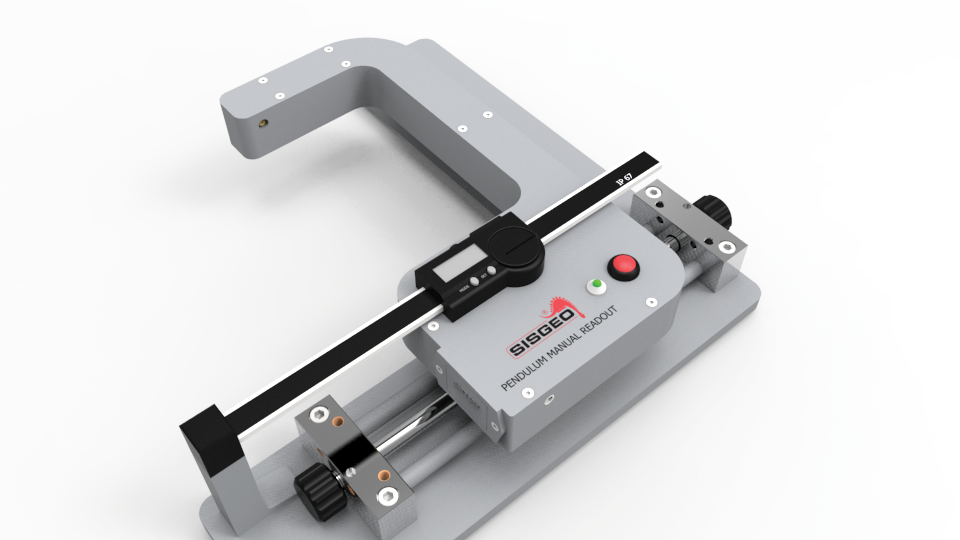Pendulums
Pendulum systems are designed to monitor the horizontal movements of dams and their foundations. Pendulum systems are successfully utilized in dam rehabilitation. They can also be used for structural monitoring in towers or skyscrapers. Pendulum systems are available in two models: direct pendulum and inverted pendulum.
Pendulums can be read with a manual optical coordinometer, or automatically with the T-1000 telependulum.
The direct pendulum consists of a steel wire anchored at the upper end of the dam, with a weight in tension suspended at the lower end, free to move in a tank filled with a damping fluid.
The inverted pendulum provides a fixed bottom datum from which the movement of the structure can be measured. It uses a wire anchored in solid ground beneath the structure, with a floating unit attached to the upper end. The floating unit is free to move in a fluid reservoir while keeping the wire upright. Inverted and direct pendulums are often installed together in the same structure, usually gravity or arch dams.
The optical coordinometer is a hand-held instrument capable of detecting the position of the pendulum wire on a horizontal surface.
The T-1000 Telependulum, on the other hand, is an instrument for the automated measurement of pendulums.
T-1000 is set up locally via a special app, which can also return an extemporaneous measurement and some diagnostic parameters of the instrument. By connecting it with a datalogger, measurements can be collected in an automatic way.











